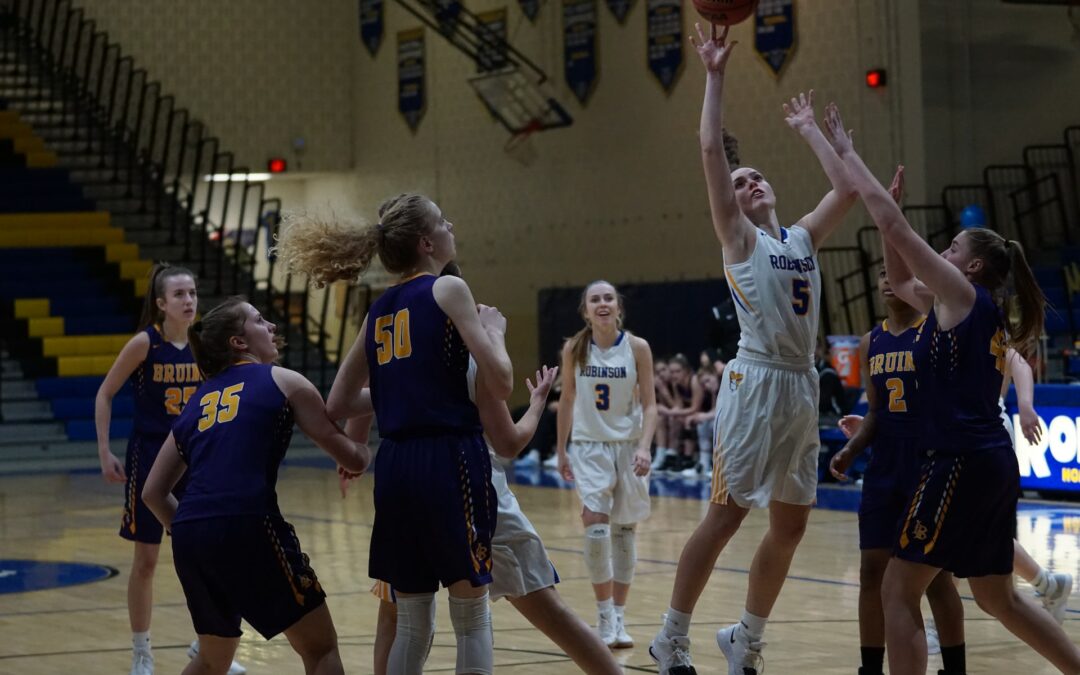Welcome to TeachHoops.com, where we delve into the intricacies of basketball strategies to help coaches elevate their game. In this post, we’ll explore the highly effective 3-2 zone defense, breaking down the fundamentals, half-court setup, and player movements to enhance your coaching repertoire.
Understanding the 3-2 Zone Defense
The 3-2 zone defense is a tactical basketball strategy designed to create defensive pressure and limit opponents’ scoring opportunities. This defensive formation positions three players along the perimeter and two players closer to the basket, aiming to disrupt passing lanes and protect the key.
3-2 Half Court Setup
In the realm of basketball coaching, the proper setup is paramount. The 3-2 half court configuration involves placing the point guard in the middle, flanked by the shooting guard and small forward offset from the elbows. The power forward and center hold their ground on the blocks.
This strategic positioning forms a formidable defensive structure, ready to thwart any offensive advances.
Win the Season: Basketball Masterclass!

5 Key Elements of Player Movement and Defensive Strategy
Successful execution of the 3-2 zone defense relies on precise player movements and a well-defined defensive strategy. Here’s a breakdown of key elements:
1. Double-Teaming Dynamics:
- Strategic Ball Location:
- Identify critical areas on the court where initiating a double team can disrupt the opponent’s offense. For instance, when the ball is in position four, orchestrate a double team with the point guard and shooting guard.
- Communication is Key:
- Ensure seamless communication between players involved in the double team. Clear signals and understanding of responsibilities prevent defensive breakdowns and create effective traps.
2. Rotations and Overlaps:
- Fluid Defensive Rotations:
- Instill a sense of urgency in defensive rotations to cover open areas swiftly. Smooth transitions ensure that no part of the court is left vulnerable to the opponent’s offensive moves.
- Exploiting Overlaps:
- Leverage overlapping zones to create confusion for the opposing team. Overlapping not only reinforces the defense in specific areas but also sets the stage for opportunistic double teams.
3. Player Attributes and Roles:
- Point Guard Prowess:
- Designate your fastest and most aggressive defender as the point guard. Their role involves covering ground from position two to position four, ensuring constant pressure on the ball handler.
- Quick Closers – Shooting Guards and Small Forwards:
- The shooting guards and small forwards must possess excellent speed and closing abilities. Quick reactions are essential to prevent penetration into the key, allowing the point guard to join in for an effective double team.
4. Adaptability in Player Positions:
- Strategic Flexibility:
- Embrace the flexibility of the 3-2 zone defense by adapting player positions based on individual strengths and game scenarios. Whether it’s switching the shooting guard and small forward or adjusting the power forward and center, strategic flexibility enhances the defense’s versatility.
- Tailoring to Player Personnel:
- Tailor your defensive strategy to capitalize on the strengths of your players. If you have a standout aggressive defender, consider deploying the 3-2 zone when they are on the court and switch to a different defense when their energy reserves are low.
5. Filling Back In:
- Guarding Against Breakdowns:
- Emphasize the importance of filling back in after double teams or rotations. Leaving gaps in the defense exposes the team to potential breakdowns. The point guard, in particular, should be quick to recover and secure the open areas to prevent easy scoring opportunities.
Conclusion
Mastering the nuances of player movement and defensive strategy in the 3-2 zone defense requires a combination of communication, adaptability, and strategic planning. Coaches who integrate these elements into their training regimen empower their teams to become resilient and adept at stifling opposing offenses. Stay committed to refining these strategies, and watch your team’s defensive capabilities reach new heights on the basketball court.
Related: Mastering a Basketball 1-3-1 Zone Defense Variation
Coach Unplugged Podcast:
If you found this useful, don’t forget to check out additional blog posts at TeachHoops.com. Also, check out TeachHoops on Facebook, Twitter, Instagram and YouTube.



